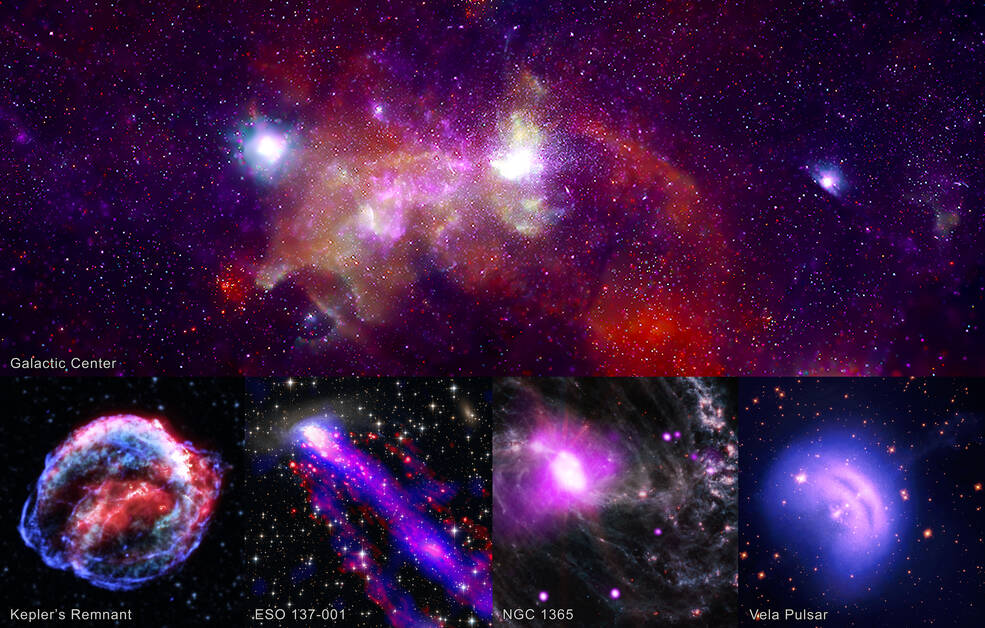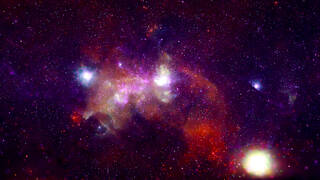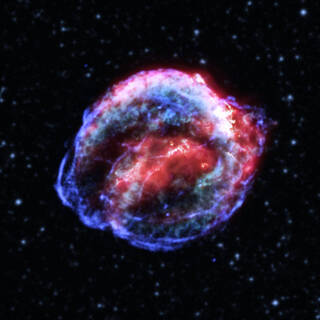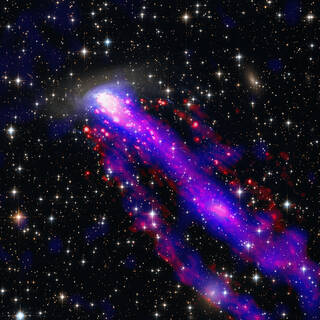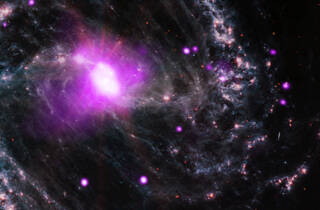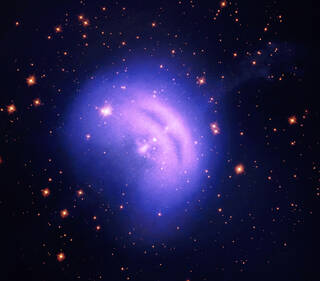A quintet of images made from different types of light — including X-rays from NASA’s Chandra X-ray Observatory — has been released. The five new objects include supernova remnants, the center of the Milky Way, and two different galaxies.
A new collection of stunning images highlights data from NASA’s Chandra X-ray Observatory and other telescopes. These objects have been observed in light invisible to human eyes — including X-rays, infrared, and radio — by some of the world’s most powerful telescopes. The data from different types of light has been assigned colors that the human eye can perceive, allowing us to explore these cosmic entities.
The objects in this quintet of images range both in distance and category. Vela and Kepler are the remains of exploded stars within our own Milky Way galaxy, the center of which can be seen in the top panorama. In NGC 1365, we see a double-barred spiral galaxy located about 60 million light-years from Earth. Farther away and on an even larger scale, ESO 137-001 shows what happens when a galaxy hurtles through space and leaves a wake behind it.
Galactic Center: The Galactic Center is about 26,000 light-years from Earth, but telescopes like NASA’s Chandra X-ray Observatory (orange, green, blue, purple) allow us to visit virtually. The center of the Milky Way contains a supermassive black hole, superheated clouds of gas, massive stars, neutron stars, and much more.
Kepler’s Supernova Remnant: The Kepler supernova remnant is the remains of a white dwarf that exploded after undergoing a thermonuclear explosion. Chandra (blue) shows a powerful blast wave that ripped through space after the detonation, while infrared data from NASA’s retired Spitzer Space Telescope (red) and optical light from Hubble (cyan and yellow) show the debris of the destroyed star.
ESO 137-001: As the galaxy moves through space at 1.5 million miles per hour, it leaves not one — but two — tails behind it. These tails trailing after ESO 137-001 are made of superheated gas that Chandra detects in X-rays (blue). ESO’s Very Large Telescope shows light from hydrogen atoms (red), which have been added to the image along with optical and infrared data from Hubble (orange and cyan).
NGC 1365: The center of the spiral galaxy NGC 1365 contains a supermassive black hole being fed by a steady stream of material. Some of the hot gas revealed in the X-ray image from Chandra (purple) will eventually be pulled into the black hole. The Chandra image has been combined with infrared data from NASA’s James Webb Space Telescope (red, green, and blue).
Vela Pulsar: By combining data from NASA’s Imaging X-ray Polarimetry Explorer (IXPE, shown in light blue), Chandra (purple), and NASA’s Hubble Space Telescope (yellow), researchers are probing Vela, the aftermath of a star that collapsed and exploded and now sends a remarkable storm of particles and energy into space. IXPE shows the average orientation of the X-rays with respect to the jet in this image.
For all the images in this new collection, the individual images are also shown separately.
NASA’s Marshall Space Flight Center manages the Chandra program. The Smithsonian Astrophysical Observatory’s Chandra X-ray Center controls science operations from Cambridge, Massachusetts, and flight operations from Burlington, Massachusetts.
Read more from NASA’s Chandra X-ray Observatory.
For more Chandra images, multimedia and related materials, visit:
Megan Watzke
Chandra X-ray Center
Cambridge, Mass.
617-496-7998
Jonathan Deal
Marshall Space Flight Center
Huntsville, Ala.
256-544-0034



























